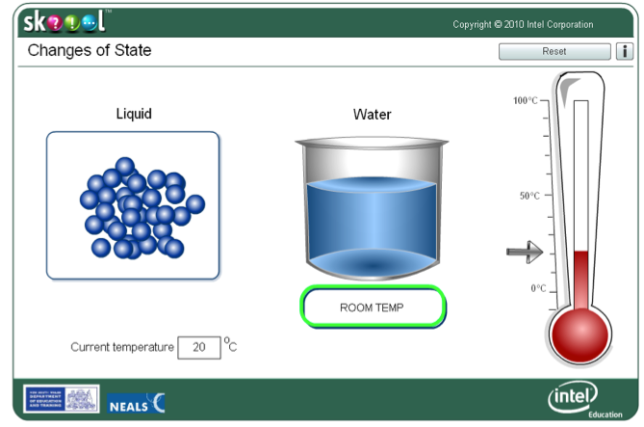Are you willing to publicly share online the findings of your project spending months or years of time to complete with others study in the related field or similar interest for further development? If your answer is yes, then that is pretty much what open science tries to achieve – sharing data online for massive collaboration. Platforms for open science have been gradually emerging, such as ResearchGate and social network for scientific community like LabSpaces.net and Scitable. However, issues around whether open science tends to lead low quality research outcome or simply be a short cut for people who need grant project needs great concerns (Pisani 2011).
In 2009, one of the world most renowned mathematician and also a professor in Cambridge University, Timothy Gowers, used his blog to post a striking question: Is massive collaborative mathematics possible? He was actually proposing to use his blog to tackle an unsolved mathematical problem. He issued an open invitation inviting anybody in the world if they think they had an idea to post in the common section of the blog. Initially, there was no reply; gradually, more and more people replied; finally, the mathematical problem had been solved. His thought was by combing the ideas of many minds, he can make the easy work of the mathematical problem – he called the method the ‘Polymath Project’ (Nielsen 2009). The idea of ‘Polymath Project’ (Gowers 2009) implies that we can use Internet to build tools that actually expand our ability to solve the most challenging intellectual problems. We can actively build tools that amplify our collective intelligence is similar to using physical tools to amplify our strength.
However, open science debate held in Oxford University on the 29th February 2012 points out some real problems of open science that worth thinking for its further development. Problems of open science inter-connect with each other, such as quality, credibility and economic barriers. The representative of nature brand journal underlines in the video clip that the inevitable ‘pay model’ is mainly because the rejection rate of nature brand journals is as high as 90% each year. It implies that it is necessary for the full-time editorial staffs to guarantee the quality of the published journals. The representative emphasizes the high price of these editorial staffs. It is unfair for the public to consume the great effort made by the editors for free. So it seems to be a highly challenging goal for the complete open science. More content regarding open science debate can be found in the video clip below:
So we can see the power of open science/resources for massive collaboration, however, which model can replace or improve the traditional ‘pay model’ of quality journal publisher to make open educational resources available for university students?
Relevant Links:
Evolution of Science: Open Science and the Future of Publishing, Youtube, <http://www.youtube.com/watch?v=yELZ3kbFj1w>.
Gowers, T 2009, wordpress, http://gowers.wordpress.com/2009/01/27/is-massively-collaborative-mathematics-possible/
Nielsen, M 2009, blog, “The Polymath project: scope of participation”
Pisani, E 2011, ‘Medical science will benefit from the research of crowds’, The Guardian, January 11, <http://www.guardian.co.uk/commentisfree/2011/jan/11/medical-research-data-sharing>








